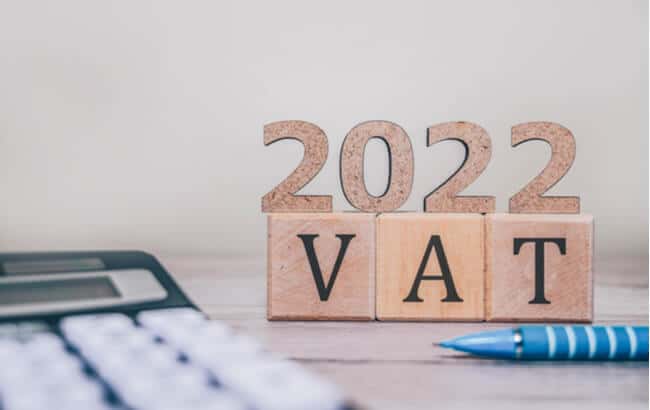Making Tax Digital (MTD), has been applicable to businesses with a taxable turnover of £85,000 or more since April 2019. It is part of government plans to streamline and simplify the reporting of VAT (taxes) and so from 01st April 2022, the MTD rules will also apply to VAT registered businesses with turnover under £85,000 – in effect, all VAT registered businesses will need to submit returns under MTD next year. This will be a mandatory requirement.
What is MTD?
MTD requires the business to keep digital records and submit their VAT returns using third party software (either accounting software or special “API Enabled” Excel spreadsheets). The aim is that VAT returns are generated electronically and filed electronically.
There are two key aspects to consider:
Record Keeping
Whilst the focus of MTD tends to be on what software to use, the better starting point is to appreciate that all sales and purchases need to be entered electronically. For example, where a till produces a paper daily record of takings, that value needs to be entered into an Excel spreadsheet or accounting software, not a paper ledger.
The reason is that for each supply (or purchase) made by the business, it must record the tax point, value of the supply and the VAT rate charged. Handwritten records can be kept, but to file the VAT return, the specific details noted above must be input into a spreadsheet or accounting software.
Why? The VAT return must be filed electronically and the figures that populate the VAT return must come directly from the spreadsheet/accounting software. You cannot populate the VAT return manually.
If using a spreadsheet(s), you cannot cut and paste data, so if you have three tabs (sales, purchases, VAT return) the VAT return tab should be populated by a cell reference to the sale and purchase tabs and if the sales and purchase tabs have a total, the total must be a formula and not manually calculated. If you have separate spreadsheets/file names that is ok, but they must all feed via formula/links into the final VAT return spreadsheet.
If you are still using manual record keeping, then you need to start preparing for MTD now, April 2022 is not that far away and you could start a new financial year with a new accounting approach, ready to hit the ground running, which means you need to start planning now, choosing whether to use accounting software or spreadsheets, surveying the market for pricing and then implementing not only the digital side of things but also your internal procedures to ensure they are ready to adapt.
Submission Method
There is no legal requirement to subscribe to accounting software. It is possible to prepare your VAT return using an API enabled spreadsheet, which has special functionality to automatically connect with HMRC servers and transmit the VAT return data to HMRC without the user having to manually type out the values of each Box on the VAT return.
As reviewing your existing accounting system requires effort – be that handwritten records, scraps of paper, Excel or desk-based accounting software – if having to change the way you record transactions as a result of MTD, then it may be the right time to have a review of how to approach MTD going forwards and get that plan in place ready for April 2022.
API enabled is also referred to as “bridging software” and is a phrase to describe the process of digitally submitting the VAT return data with a click of a button. There is no option to continue to file VAT returns manually (logging on and entering values) from April 2022.
Get in touch
Please contact us to discuss the transition to MTD, ensuring that your business remains compliant with HMRC requirements. For further information on any of the above or for advice speak to our vat experts. In the meantime, here is HMRC’s public guidance.


Sign up to our newsletter
Join our mailing list to receive regular updates on
the news and events you need to know about.

